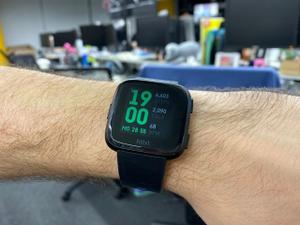Você usa berinjela como emoji sexual no Instagram? Agora não pode mais

O Facebook e o Instagram proibiram o uso de "emojis sexuais", como berinjela, pêssego e gotas d'água. Nas redes sociais, os desenhos costumam ser utilizados por usuários em conversas ou fotos com duplo sentido, conotação sexual.
Segundo informações do jornal britânico "Daily Mail", "as novas diretrizes afirmam que os emojis não podem ser usados para representar atividade sexual e que partes do corpo não podem ser cobertas com os símbolos".
O XBIZ diz que o Facebook revisou "discretamente" seus padrões da comunidade sobre solicitação sexual entre 7 de setembro e 24 de outubro.
A mudança é voltada para profissionais do sexo que não poderão mais usar os ícones digitais para vender serviços no Facebook ou no Instagram. Mas a proibição deve afetar outros usuários também.
"O [conteúdo] só será removido do Facebook e Instagram se ele contiver um emoji sexual ao lado de uma solicitação implícita ou indireta de imagens de nus, parceiros sexuais ou sexuais ou conversas por bate-papo sexual", disse um porta-voz do Instagram ao "The New York Post". "Não estamos agindo simplesmente por causa dos emojis", completou.
SIGA TILT NAS REDES SOCIAIS
- Twitter: https://twitter.com/tilt_uol
- Instagram: https://www.instagram.com/tilt_uol/
- WhatsApp: https://uol.page.link/V1gDd
- Grupo no Facebook Deu Tilt: http://bit.ly/FacebookTilt


















ID: {{comments.info.id}}
URL: {{comments.info.url}}
Ocorreu um erro ao carregar os comentários.
Por favor, tente novamente mais tarde.
{{comments.total}} Comentário
{{comments.total}} Comentários
Seja o primeiro a comentar
Essa discussão está encerrada
Não é possivel enviar novos comentários.
Essa área é exclusiva para você, , ler e comentar.
Só s do UOL podem comentar
Ainda não é ? Assine já.
Se você já é do UOL, faça seu .
O autor da mensagem, e não o UOL, é o responsável pelo comentário. Reserve um tempo para ler as Regras de Uso para comentários.